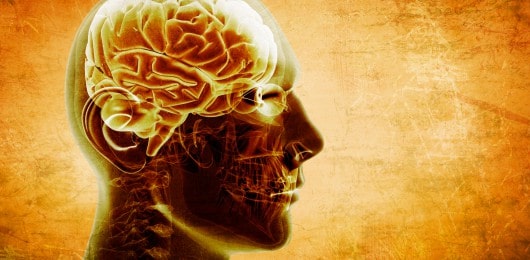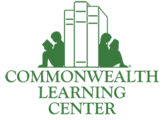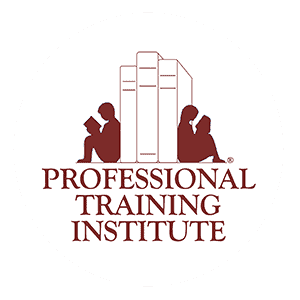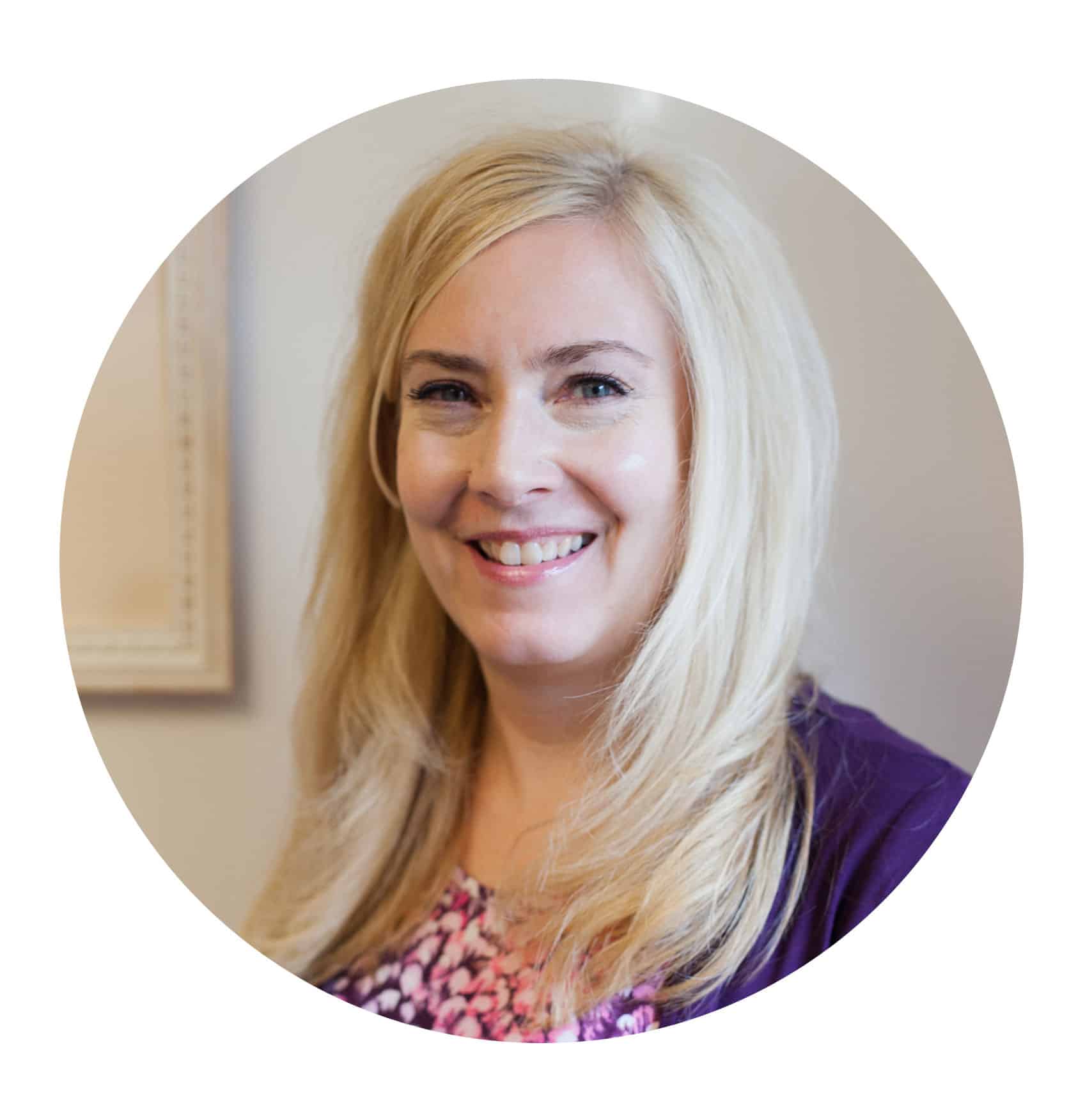
“The single most important implication of research in dyslexia is not ensuring that we don’t derail the development of a future Leonardo or Edison; it is making sure that we do not miss the potential of any child. Not all children with dyslexia have extraordinary talents, but every one of them has a unique potential that all too often goes unrealized because we don’t know how to tap it.”
—Maryanne Wolf, Proust and the Squid(1)
Too often we focus solely on remediation for students with dyslexia; while that’s critical, it also is important to recognize the many strengths that individuals with dyslexia possess.
Most people who live in the world of dyslexia are familiar with Richard Branson, the founder of Virgin Enterprises, who by the age of 50 had the largest private group of companies in Europe. Branson’s creativity, ability to see the big picture, and strong oral communication skills, like so many others with dyslexia, did not serve him in the text-driven academic world—he dropped out at the age of 16—but have made him wildly successful as an entrepreneur whose goal is to identify untapped markets that lead to high revenue.
Although Branson is experiencing outrageous success, he is not alone in the entrepreneurial world: approximately 35% of entrepreneurs are dyslexic.(2) However, people with dyslexia can be equally successful in the academic world, especially when they have a passion for the subject matter.
Dr. Maggie Aderin-Pocock‘s strong reasoning skills and ability to understand abstract ideas lead her first to study physics, and later to work on the Gemini Telescope in Chile, where she managed a team of seventeen people building a spectrograph for the telescope. “I remember the first time I was in a class and the teacher asked a question—it was a very simple question—‘If you take a liter of water and one liter of water weighs 1 kilogram, how much will 1 cubic centimeter weigh?’ I sat there in the class, and I put up my hand. It was quite obvious that it was 1 gram. I looked around, and no one else had their hand up, so my gut reaction was, ‘Well, you’ve got to be wrong.’ I was going to put my hand down, and I thought, ‘No, wing it. What the heck.’ And I was right. I couldn’t believe that dumb Maggie in the remedial class sitting at the back could get the question right.”(3)
This is true for Dr. Beryl Benacerraf whose gift for seeing patterns, connections and similarities that others don’t make her an expert in the field of radiology—specifically in the area of fetal ultrasonography. “It’s a pattern recognition that’s incredibly acute,” she explains. “Because of dyslexia, my brain works differently, and I can see these patterns. I do have a gift that other people don’t have, and I will always stay ahead of the crowd and see more in an image than other people. You can’t overcome it; you can work around it and make it work for you, but it never goes away. That’s probably a good thing, because if dyslexia went away, then the other gifts would go away, too.”(4)
Understanding the strengths of the dyslexic mind begins with recognizing the full scope of the condition. When people ask what are 5 characteristics of dyslexia are, they’re often referring to common challenges such as difficulties with phonological processing, spelling, reading fluency, decoding, and working memory. However, this post reminds us that alongside these challenges often come powerful strengths in creativity, big-picture thinking, and problem-solving skills that can lead to remarkable success across many fields.
Economists, artists, educators, athletes, medical professionals, scientists, and performers are just a sampling of the career paths populated by those with dyslexia. Certainly, dyslexia can make traditional education challenging, but it is a learning difference accompanied by strengths, as well. With intervention and guidance, we can help students reach their full potential.
(1) Wolf, Maryanne. (2007) Proust and the Squid. New York: Harper Collins.
(2) Logan, Julie. (2009) Dyslexic Entrepreneurs: The Incidence; Their Coping Strategies and Their Business Skills. Retrieved from Cass Knowledge.










Jaydin Skinner says: